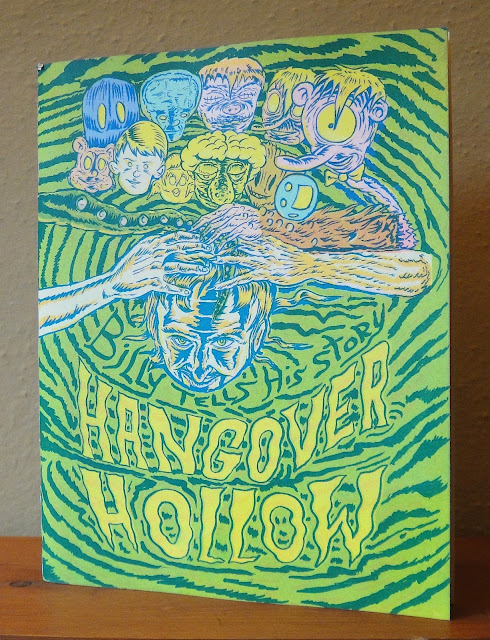everything about accordion publications, with a special interest in artists' accordions. stephen perkins [perkins100@gmail.com]
Wednesday, June 19, 2024
Yita, The Street of Plain Happyness, China, 2023
Karen M. Wirth, Cocoon, 2023
Erin K. Schmidt, Rust Belt, 2023, ed. 20
A small accordion that uses the 2-sided folded features of the leporello to deliver an environmental message. Below is a statement by the Schmidt about this publication:
"The Rust Belt, formerly called Steel Belt, is a region of the Northeast and Midwest United States in which the local economies specialized in large scale manufacturing of heavy industrial and consumer products. At one time considered America’s heartland, the Rust Belt began to experience industrial decline in the 1950’s and has continued to since. The elimination and outsourcing of jobs led to economic distress resulting in population decline as workers began to look elsewhere for good paying jobs.
Laura Rowley, Gig Life: Issue 1: History, Illuminated Press, Trumanburg, New York, 2021, ed. 100
How did the Gig Economy start and how does it affect workers? This zine series aims to answer these questions and others. We start here, in this first issue, with a timeline history of Gig Work, to visualize the events leading us to our present state."
17 single-sided pages, individually 4" x 2.5", when unfolded 3' 8.25"
Thursday, June 13, 2024
David Sandlin, Belfaust Episodes 5 (Hangover Hollow), Cram Books, NY, 2023, ed 300 and Episode 6 (Alabama Nights), 2022, ed. 200, both risograph
Wednesday, June 12, 2024
Motoyuki Daifu, Holy Onion, Osiris Co. Ltd, Japan, 2019
Guy Tillim, Petros Village, Punctum Edizioni, Rome, 2006
A powerful photobook by this South African photographer documenting his time living in this small village in Malawi. An introductory essay by Mario Marazziti describes the DREAM project in Malawi which was fighting the scourge of AIDS in the local communities and offering high tech molecular-biology labs for diagnosis, accompanied by education for patients, with an emphasis on educating women in order to halt the spread of neonatal AIDS. It's unclear what the connection is between the DREAM project and Petros Village, but I'm assuming Tillim's photographs illustrate the kind of rural communities that are being helped by this access to medical care for AIDS.
Here's a statement by Tillim about this project:
"Petros Village is situated in central Malawi, about 50 kilometres north of the capital Lilongwe. Rural, but not remote, the villagers rely on a local market for the sale of tobacco and beans for cash, and grow maize as a staple food. In 2004 the rains didn’t fall and their crops failed, but a famine was averted because the Italian Trust, Sant’Egidio Community, assisted them among others. This year, as in all years, they face the same engagement with the climate, an opportunistic and precarious existence, with an uncertain harvest.
Petros Village takes its name from its chief, Petros James. In accordance with Chewa law he inherited the chieftainship not from his father, but from his uncle, his mother’s brother. The son of his sister Neri will inherit the title from Petros, and take his name, just as Petros did from his uncle. As Petros said, the sons and daughters of your sister are your real relatives; your real home is where your mother comes from.
I met Petros with Dr Piero Bestagini and Moses Chigona from the Sant’Egidio feeding centre and laboratory at nearby Mtengawantenga. Within a few minutes of meeting him, he had agreed that I could spend a week in the village. Dr Piero asked where I would stay and without hesitation Petros took us to his homestead and showed us his sleeping quarters. He and his wife would move into the room where they prepare food.
It is only a day or two later that I realised the significance of this concession. The hospitality I’ve received is so open-handed, so otherworldly, that it’s almost impossible to imagine in the place I come from. I try to place it, this generosity of spirit. I think of traditional rural hospitality, custom, and things time-honoured and unmolested by city life. But the sense of it is elusive, muted by my prejudice, obscured by my ignorance.
The sun is setting, hiatus before the deep village dark, a whispering group of children gather around me in the twilight just to stare."
72 single-sided pages, individually 8.5" x 6.25" and fully opened 37' 6"





















































